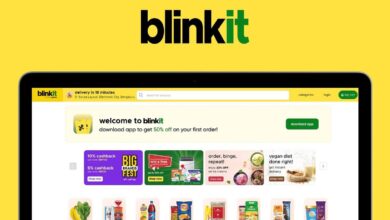Here is how to use ChatGPT for your WhatsApp and immigration process.
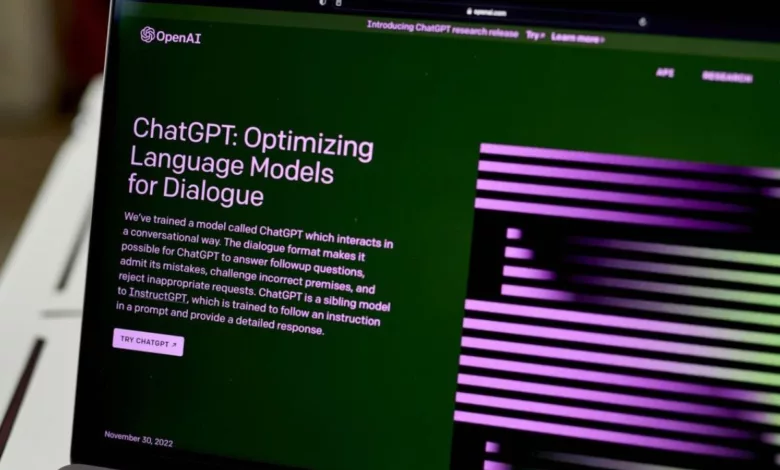
Here is how to use ChatGPT for your WhatsApp and immigration process.
After producing articles on various legal themes, the ChatGPT, fueled by reams of internet data, recently passed tests at a US law school. Unexpectedly, the chatbot is capable of much more than just passing law tests.
A particular generation of natural language or codes is handled by the chatbot utilising language completion models. The chatbot’s models can respond to prompts or specific requests. This makes it easier for the customised AI to respond to inquiries like, “What is CRS in the context of Canadian immigration?”
Using ChatGPT to complete Canadian immigration is explained in the following guide:
Acquiring and Analysing information
Data collection and filtering are a big part of what ChatGPT does. For instance, an international student can search for any course in Canada and inquire about the best universities and programmes there.
The results of a Google search for certified programmes offered by Designated Learning Institutions (DLI) that accept international students can be verified. The AI chatbot can provide more specific requests and in-depth search results.
Knowledge acquisition and application (Employment search)
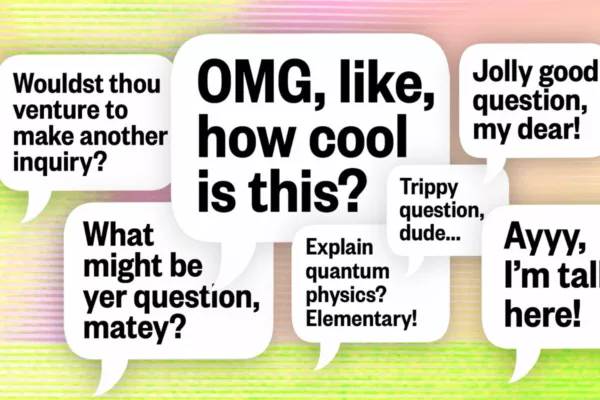
The ChatGPT is becoming increasingly well-liked due to its ability to learn from the data that a user feeds it and provide a personalised, tailored response to the commands given. For instance, it is customary to search the web for the right keywords for a job and include them in a resume.
In this case, ChatGPT can be helpful. If you provide the AI chatbot with the job details, it can immediately extract keywords and speed up the job application process. Additionally, by providing a wealth of pertinent interview questions based on the job description, the AI chatbot can even assist in helping job candidates prepare for the interviews.
Feedback (Language testing) (Language testing)
If you want to apply for a job or a degree in another nation, learning a new language is essential. The ChatGPT can provide various feedback prompts depending on the data given to the AI platform. This method can be used to translate or learn a new language.
For instance, a user can ask ChatGPT for assistance with sentence correction or learning the grammar of different languages. The AI platform can offer functional language learning analysis and support individuals undertaking language testing for immigration processes.
Would you like to connect with WhatsApp and ChatGPT? Here’s how to accomplish it:
The technical community has been talking about ChatGPT for some time. A widespread tool for many companies and sectors is the chatbot powered by artificial intelligence (AI). Want to connect the chatbot to your WhatsApp account so you can use it more quickly?
You should be aware that there is no official or direct way to integrate ChatGPT with your WhatsApp account. There are, however, various approaches that you can give a go.
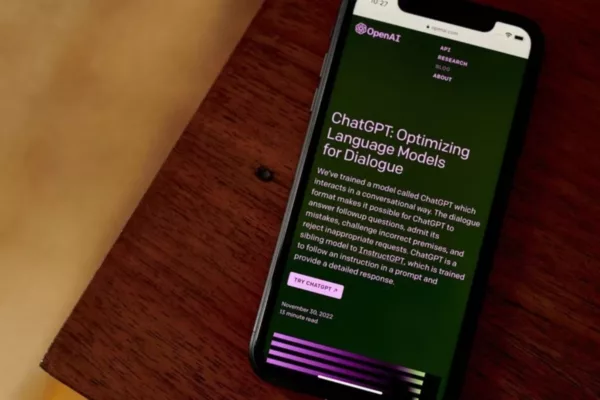
Currently, integrating ChatGPT with WhatsApp may be done in essentially two ways. Create a WhatsApp bot and connect it to ChatGPT as one method. An alternative approach entails concurrently starting ChatGPT and setting your WhatsApp number using a Python script.
Let’s examine each of these approaches individually.
Building a WhatsApp bot is the first step. To do this, register the WhatsApp Business Programming interface (API) and design the chat flow. Use an API chatbot on your phone after using a chat developer to follow your chatbot.
You must obtain an OpenAI API before moving forward. Create an account with OpenAI and go to its programming interface key page to do this. Make a secret key at this point.
The third and last step is to connect to your newly generated WhatsApp bot using the OpenAI API. Please be aware that there is a potential for WhatsApp to block you if it does not believe the integration is authentic. You must therefore proceed at your own risk.
System 2
A researcher by the name of Daniel invented this technique. To integrate ChatGPT with WhatsApp, download the code from GitHub and execute server.py in the terminal. After that, perform a few more actions to finish the procedure.
Download the code from GitHub by clicking “download zip”; execute the “WhatsApp-got-principal” file; execute the “server.py” record; then type “Is” and press Enter; last, class “python server.py” in the terminal. Your phone will be set up to view the OpenAI page automatically.
The following step is to confirm that you are a human. Go to your WhatsApp account and verify that you are a human by checking the I’m a human box. OpenAI ChatGPT is integrated there.
A virtual doctor, attorney, and business analyst are all things ChatGPT is working toward becoming. The AI bot has so far passed the following list of advanced tests.
MBA Wharton Exam
Christian Terwiesch, a professor at Wharton who used to require operations management as a prerequisite for all MBA students, recently tested the technology using exam questions and published the results.
Terwiesch concluded that the bot did an “excellent job” responding to questions about fundamental operations based on case studies, which are in-depth analyses of a person, group, or firm and a typical method used to instruct students in business schools.
However, in some calculations, which Terwiesch believed only needed algebra at the sixth-grade level, ChatGPT made straightforward errors. Terwiesch added that the bot struggled with more difficult inquiries that required comprehension of the interplay between various inputs and results.
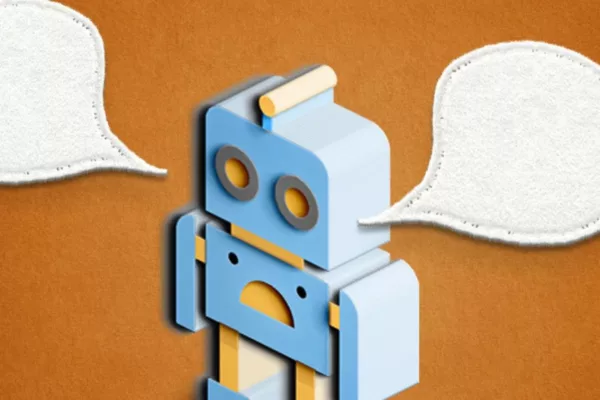
Terwiesch predicted that the bot would score a B or B- on the test.
US medical licence examination In a paper released in December 2022, researchers who tested ChatGPT on the three-part United States Medical Licensing Exam, which aspiring doctors must pass between medical school and residency, described their results.
The article’s abstract mentioned that ChatGPT “without any particular instruction or reinforcement, performed at or close to the passing standard on all three assessments. Furthermore, ChatGPT showed excellent concordance and transparency in its explanations.”
The abstract concluded that the findings indicate that ChatGPT’s massive language models may have “the potential” to support clinical decision-making and medical education.
Essays
Soon after ChatGPT was made available, students began utilising it for their essays, and teachers became concerned about plagiarism. In December, the “take-home essay is dead,” tweeted Matthew S. Schwartz, a podcaster for Bloomberg. He mentioned that ChatGPT “responded *instantly* with a decent response” after receiving a law school essay question from him.
Another incident was a philosophy professor at Furman University who, upon detecting an essay’s “well-written falsehoods,” discovered a student submitting an AI-generated piece.
The essay was “well-written word for word,” the professor told Insider. However, the student had remarked to the philosopher David Hume that it “made no sense” and was “just blatantly incorrect.
In a January interview, Sam Altman, CEO of OpenAI, which develops ChatGPT, claimed that while the business would come up with techniques to assist schools in identifying plagiarism, he can’t guarantee complete detection.
Alex Berezow, a science journalist for Big Think and the executive editor of a 10-question quiz on microbiology, put ChatGPT to the test.
The questions would be suitable for a final test for college-level students, according to Berezow, who also has a PhD in microbiology. According to Berezow, ChatGPT “blew it away.”
As an illustration, Berezow questioned: “One patient arrives at the emergency room with a bad headache and a stiff neck. To gather cerebrospinal fluid, the doctor orders a spinal tap. Diplococci with a Gram-negative are present in the CSF, according to a Gram stain. The diagnosis is:”
ChatGPT’s response was accurate:
According to your details, the cerebrospinal fluid (CSF) Gram stain reveals the presence of Gram-negative diplococci, which are bacteria typically oval and occur in pairs. This discovery supports the diagnosis of meningitis.
Another time he inquired:
In five words or less, what is the purpose of Koch’s postulates?
ChatGPT responded: Identify the link between sickness and the microorganism.
Berezow remarked ChatGPT “Nailed it” after removing the word “and.” Based on a newly published paper written by four law school professors at the university, ChatGPT, a law professor, recently completed tests in four law school courses at the University of Minnesota.
The bot responded to 12 essays and over 95 multiple-choice questions that professors scored blindly. After all, was said and done, the instructors awarded ChatGPT a “poor but passable mark in all four courses,” roughly equivalent to a C+.
The authors did, however, highlight several consequences for what this might entail for attorneys and legal education. They stated in one section:
“Even though ChatGPT would have been a subpar legal student, its performance was adequate to receive a JD degree from a highly selective law school, providing that its work stayed consistent throughout law school (and ignoring other graduation requirements involving different skills).
In an age where remote exam administration has become the standard, this might theoretically lead to a struggling law student using ChatGPT to obtain a JD that does not accurately reflect her skills or readiness to practise law.”


